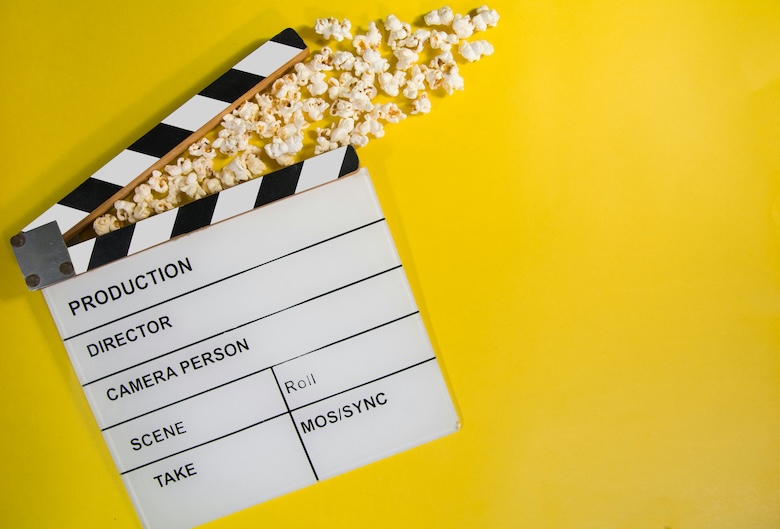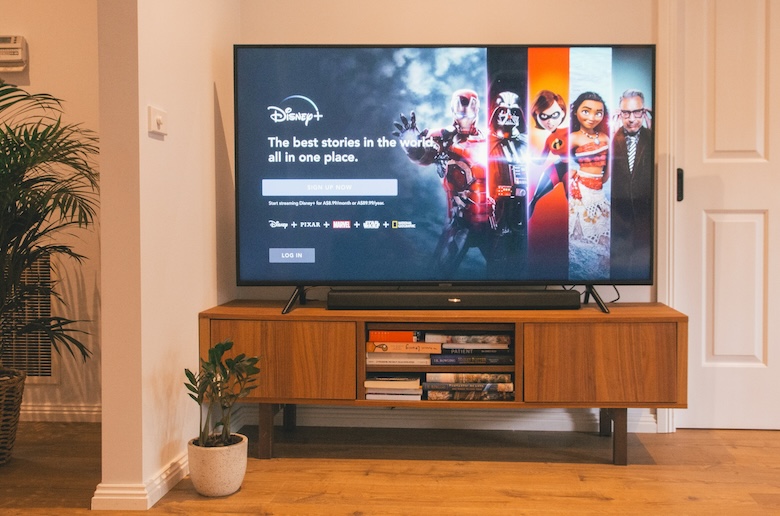In the evolving field of AI, artists are turning to technology as a tool for creative expression. One such artist, Mario Klingemann, employs AI to produce digital art with designs learned from seventeenth to nineteenth-century portraits. Beyond simply imitating historical art trends, AI is disrupting creative platforms by introducing novel and unexpected artwork forms.
While fears regarding job security are common amid advancements in AI, experts suggest that jobs may evolve rather than diminish. The role of data curator, an individual who organizes data on which the AI operates, represents a new employment opportunity made possible by AI.
As AI technologies develop, however, they pose potential risks to the creative industry. The ability of AI to mimic artists on a large scale could infringe upon intellectual property rights, and there are presently no regulations to protect artists from such scenarios. Despite these challenges, the integration of AI within the art world offers new possibilities for creative expression, pushing humans to move beyond repetitive behaviours and embrace originality in their work. In the future, AI may even acquire the status of an independent entity with its creative consciousness, a development that will redefine human interaction with technology.



